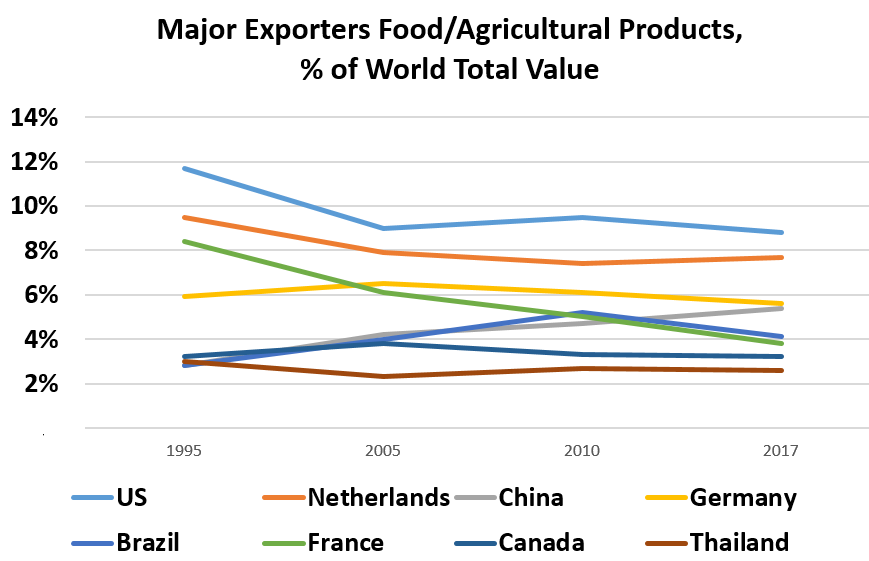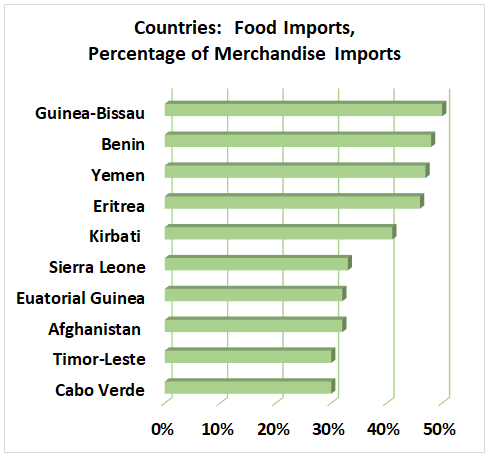Global Food Crisis – Prices Soar, Crops Rot: WSJ
Global Food Crisis – Prices Soar, Crops Rot: WSJ
Read the article from the Wall Street Journal about a global food crisis.
Yaroslav Trofimov is the chief foreign-affairs correspondent of The Wall Street Journal. He joined the Journal in 1999. Lucy Craymer is a Hong Kong-based reporter covering farming, agricultural commodities and trade in the region. She joined the Journal in 2010. Krishna Pokharel in New Delhi, Gbenga Akingbule in Abuja, Nigeria, and Waqar Gilani in Islamabad also contributed to this article.

.png)
